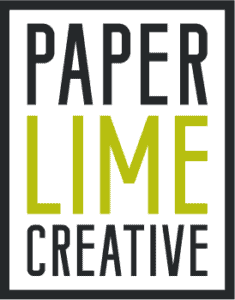Writing a book is a great accomplishment that takes dedication and hard work. Unfortunately, the hard work isn’t over just because your manuscript is done. Once you’re ready to showcase your talents to the world, you need to work on packaging your book for publication.
Many writers obsess over creating a book cover design that will arouse excitement and curiosity but don’t even consider the interior design. However, the interior layout of your book is a key element, as design mistakes can affect the quality of the reading experience.
We’ve designed the interiors of books for authors and learned a lot of great do’s and dont’s in the process. In this post, we offer our top book design tips to ensure your book’s interior is on par with your amazing cover (and content!)
1. What Size Should Your Book Be
The size of your book will largely depend on its length and genre—if you consider a lively romance novel or a jaw-gripping thriller, smaller-sized pages are better suited for fiction. For trade paperbacks, the following trim sizes are common:
- 4.25″ x 6.87″
- 5ʺ × 8ʺ
- 25ʺ × 8ʺ
- 5ʺ × 8.5ʺ
- 6ʺ × 9ʺ
These trim sizes are used for both fiction and non-fiction self-published books.
For general non-fiction, common trim sizes include:
- 5ʺ × 8ʺ
- 5ʺ × 8.5ʺ
- 5.83″ x 8.27″
- 6ʺ × 9ʺ
- 7ʺ × 10ʺ
The larger trim sizes for non-fiction help accommodate any complex charts, tables, and diagrams that accompany the book’s text.
2. Use a Standard Font Size
While your publishing settings may allow you to choose your font size, most books, unless they are specifically large print books, should be printed in a standard 11-12 font size.
3. Don’t Get Too Fancy with Fonts
While you may be tempted to get fancy with your fonts, our best advice is not to. The interest should lie with the words you choose, and fancy fonts will only distract your reader. Use a standard font such as Times Roman or Garamond to provide every opportunity for your reader to finish your book.
4. About Headers, Footers, and Margins
When it comes to placing page numbers in print books, keep in mind that headers are typically reserved for book titles and chapter numbers and titles. That’s why it’s important to consider the length of your titles to ensure that the page numbers don’t overlap with the text. Footers tend to work best for page numbers.
You’ll also want to allow adequate spacing for margins. The margin adjacent to where the book is bound is called the gutter and it’s best to leave a slightly larger margin in this area so the binding doesn’t interfere with the text when the reader turns the page.
 5. Plan Your Special Pages
5. Plan Your Special Pages
In addition to your main text, you’ll have a series of other pages in the book, possibly including dedications, acknowledgments, indices, copyright, foreword, afterword, and a bibliography, as a few examples. While you might not want to include every page, a copyright page is essential to protect your book and shield you from liability. It’s also important to follow standard conventions and put these pages in the right place. For example, dedications, acknowledgments, and copyrights go at the front, while indices, afterwords, and bibliographies should be positioned at the back.
Get Expert Book Design from a Graphic Designer In Calgary
You’ve already dedicated long hours to writing your new book, so why not consider working with an expert to help you refine and package it? At Paper Lime Creative, we provide graphic design services to create eye-catching book covers and ensure your project is perfectly set up for print. We can help you set your book up for paper publishing with a print company and online publishing through platforms like Amazon, Kobo, and Ingram Spark. Set up a call with us today.
